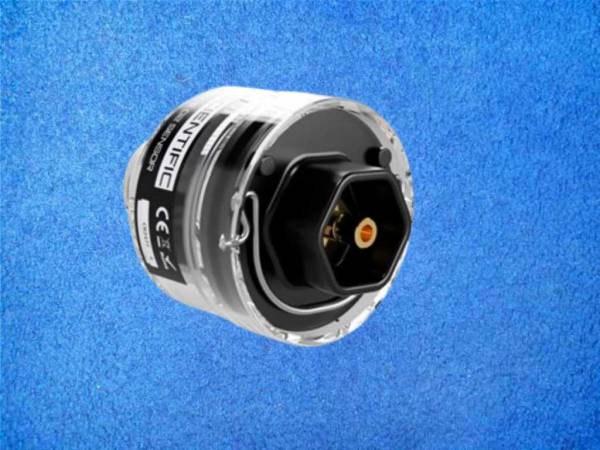A ScubaBoard Staff Message...
Complaints about moderation do not belong in this or any thread and have been deleted.
They are way off topic and these childish whines will get you banned from this and any thread.
Site Support is the proper place for any general complaints.
They are way off topic and these childish whines will get you banned from this and any thread.
Site Support is the proper place for any general complaints.




